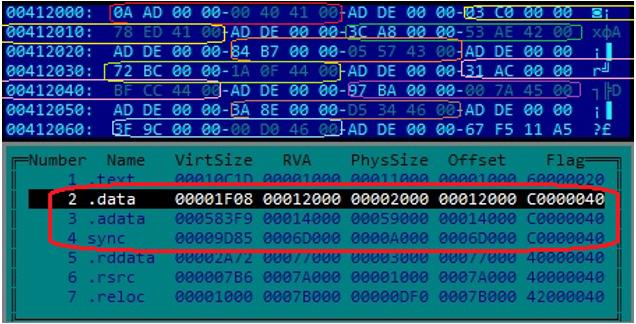Sometimes a picture says more than a thousand words. And sometimes in computer security, a picture contains a thousand words, or rather a lot of commands, used by malware authors to remotely control the malware.
This is an example of a technique known as ‘steganography’: hiding data in such a way that it is invisible to the unsuspecting observer. The technique has already been used in malware by Duqu and some Zeus/Zbot variants, and became prominent last year when it was used by a piece of malware called Stegoloader (also known as Gatak), which used code embedded into (rather than appended to) a PNG image.
Today, we publish a
paper
(also available as
PDF
) by
CYREN
researcher Lordian Mosuela, who analyses a Stegoloader sample.
The paper is worth reading, not just for those who are dealing with this particular malware, but for all malware analysts, given that steganography may well become more common in the future.

Leave a Reply